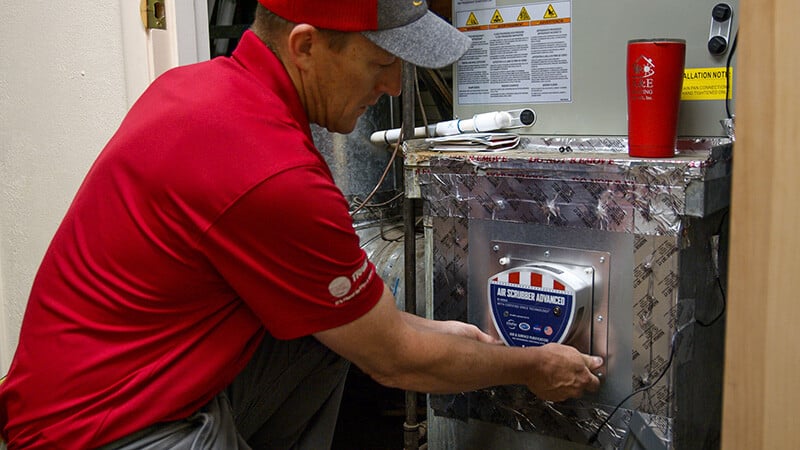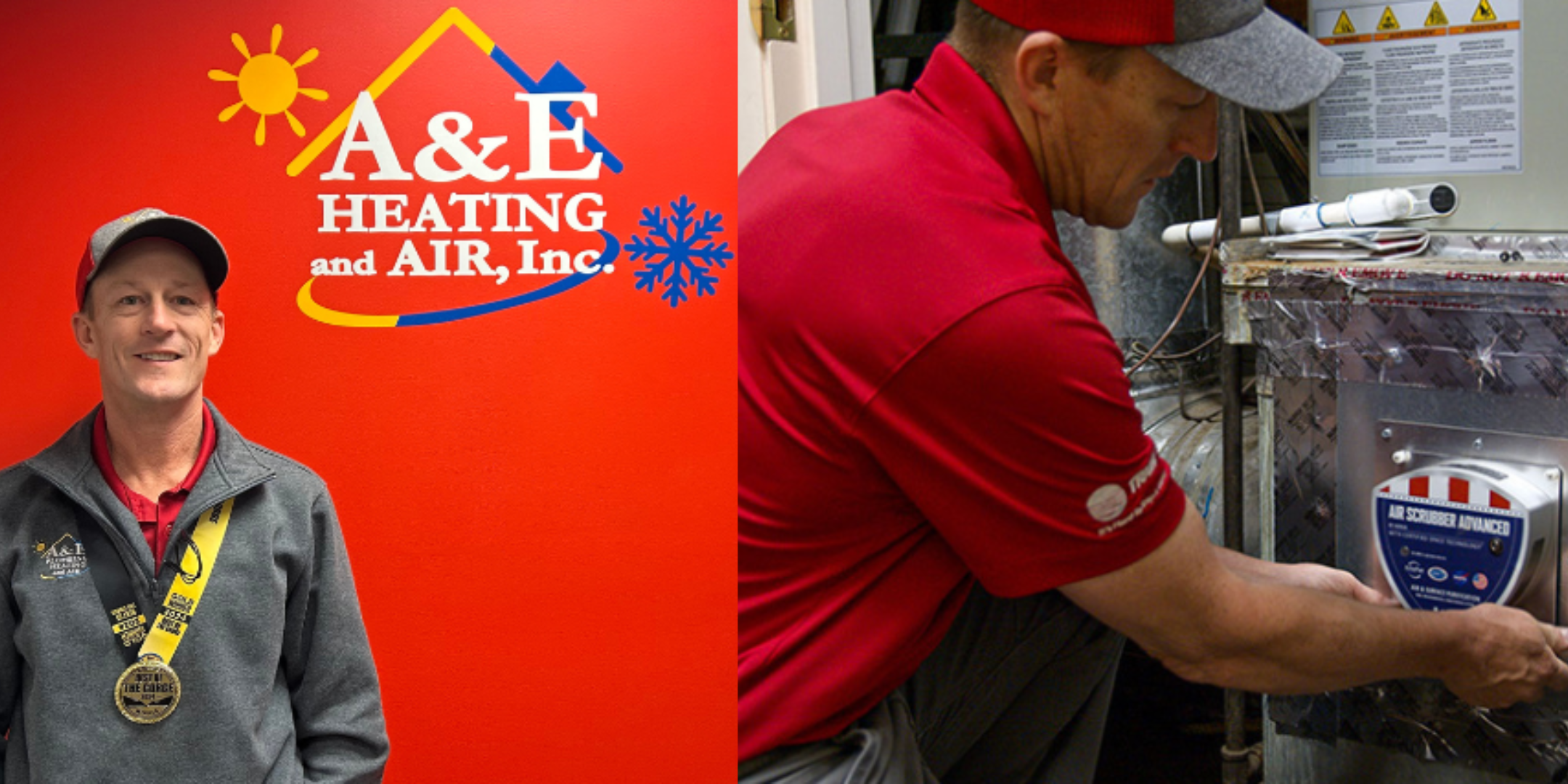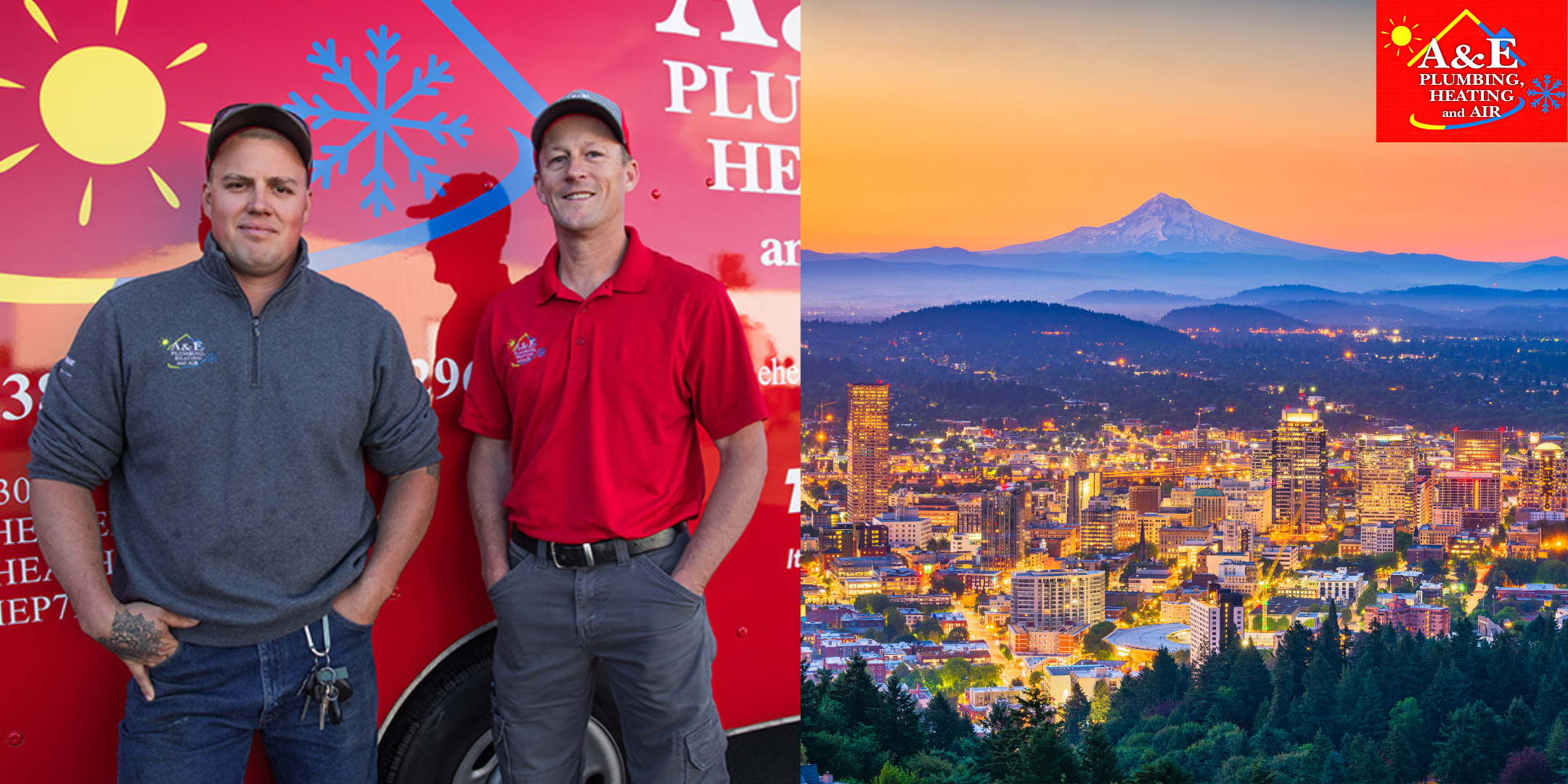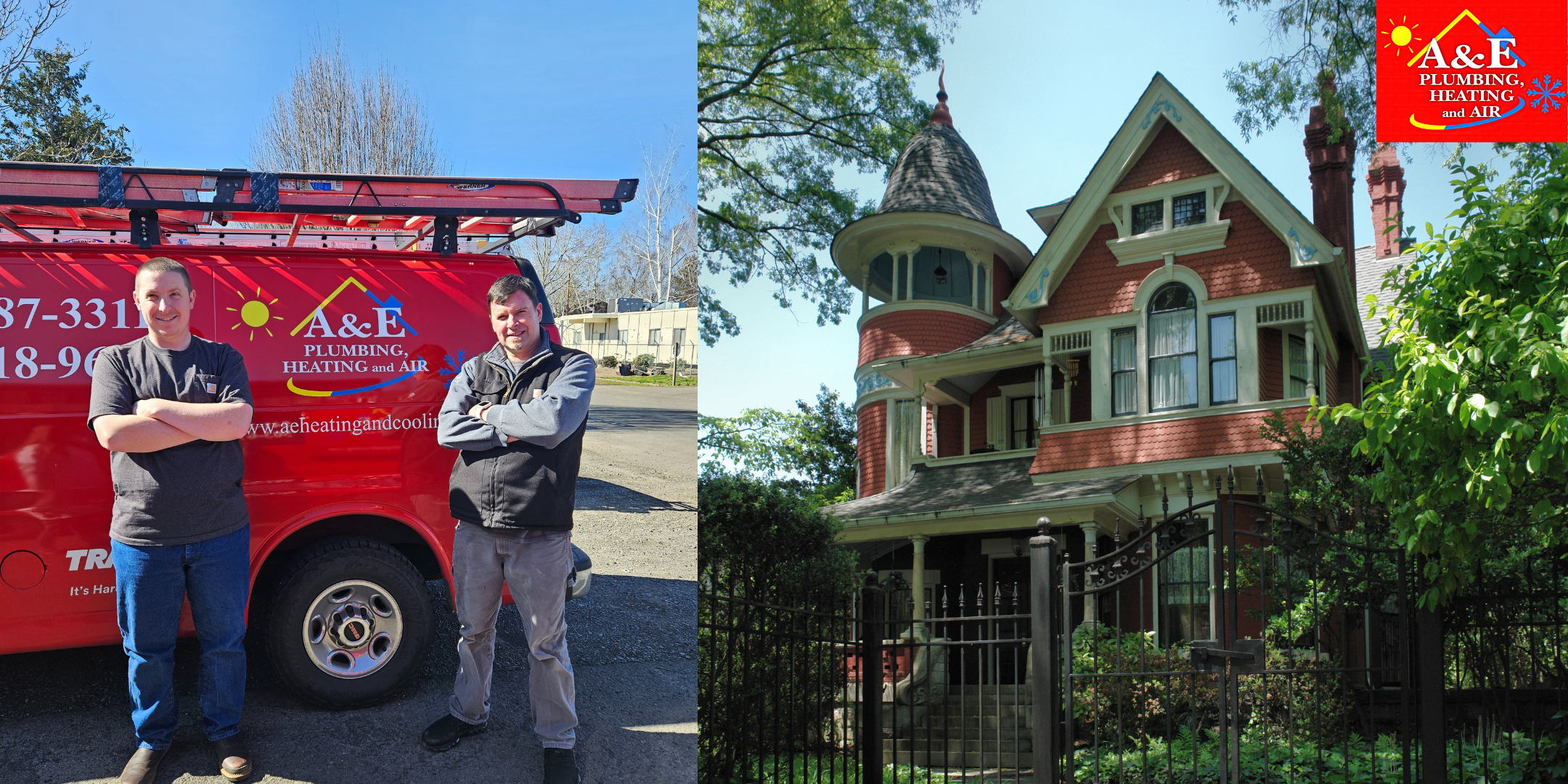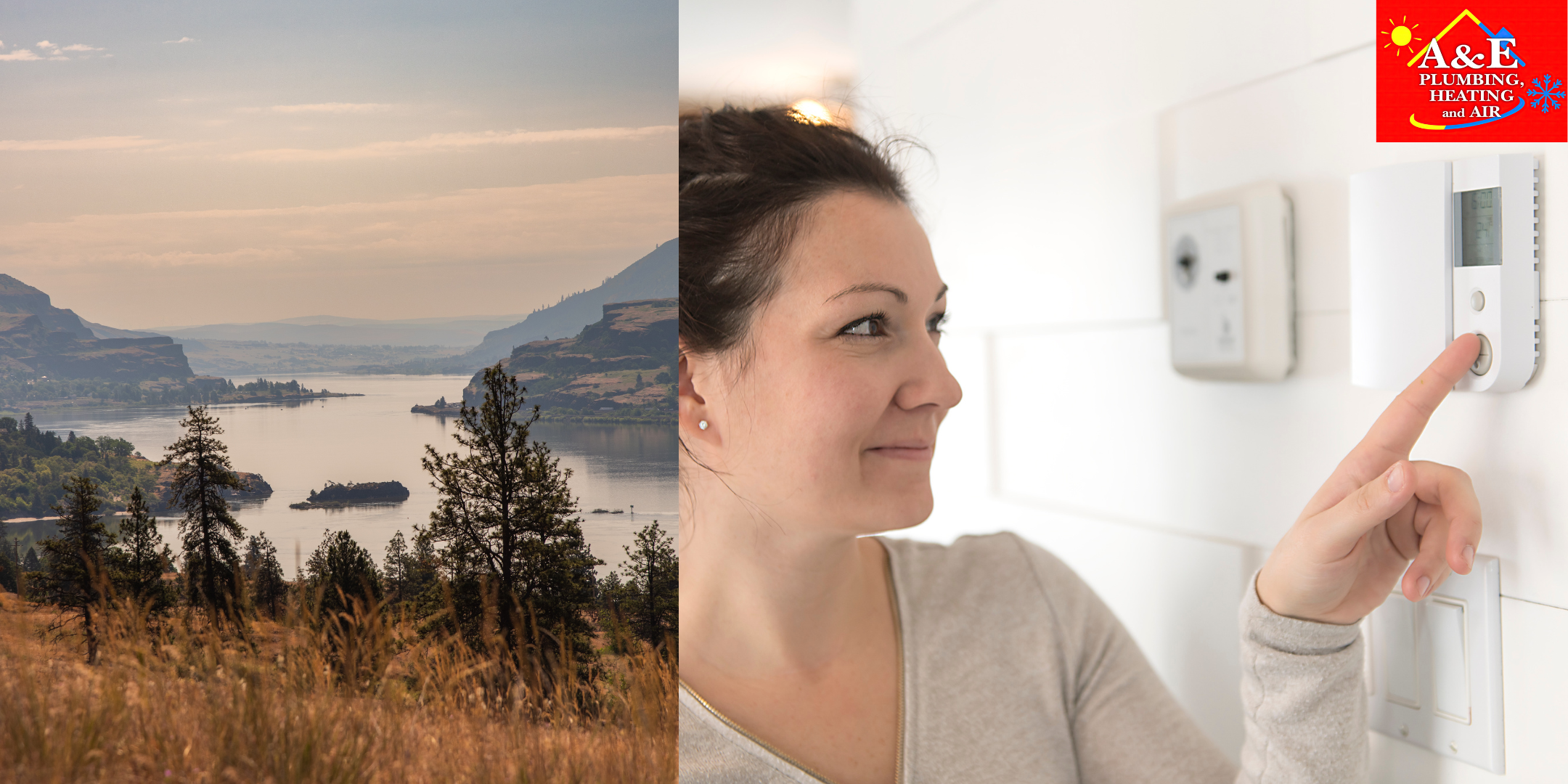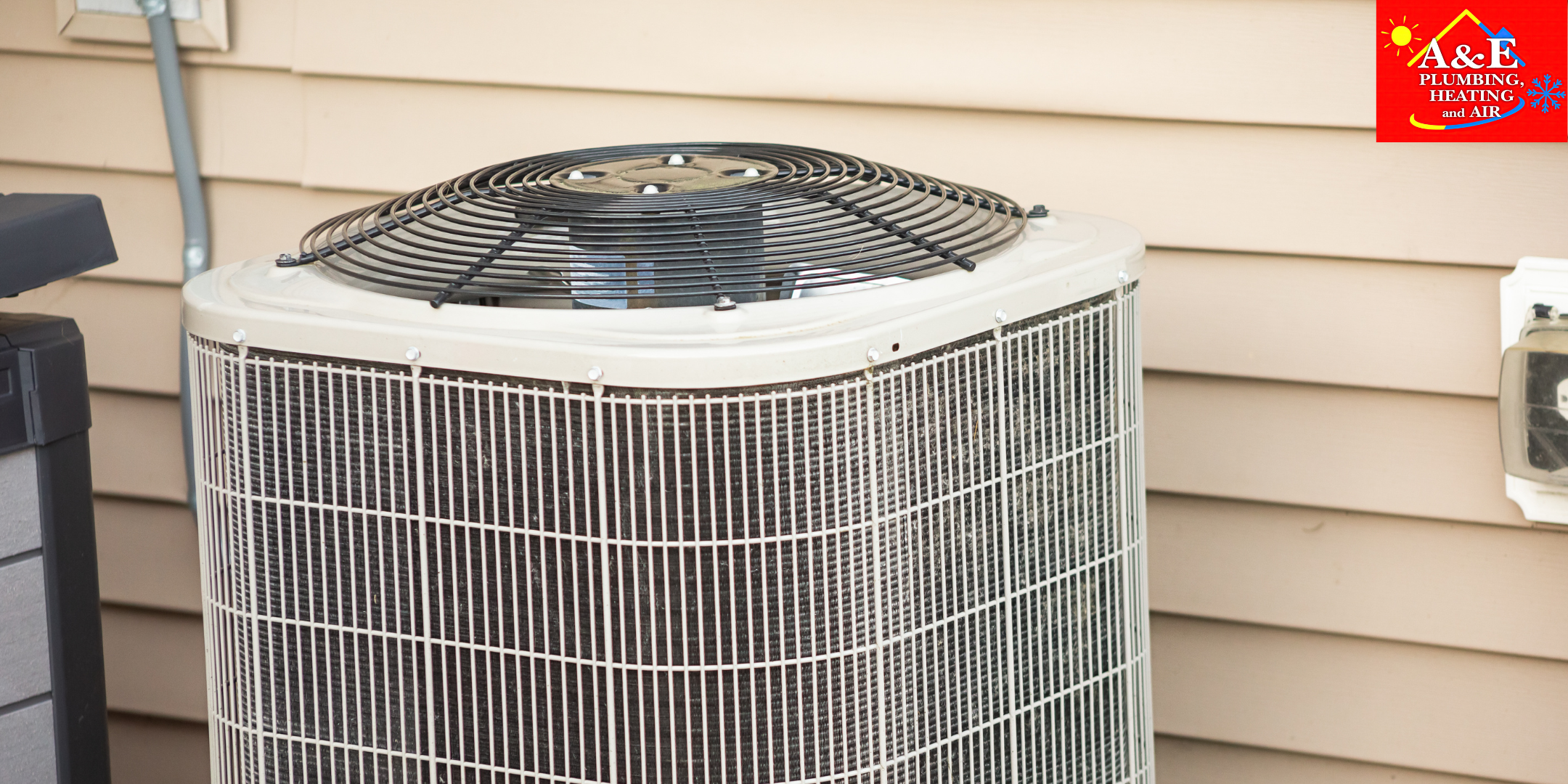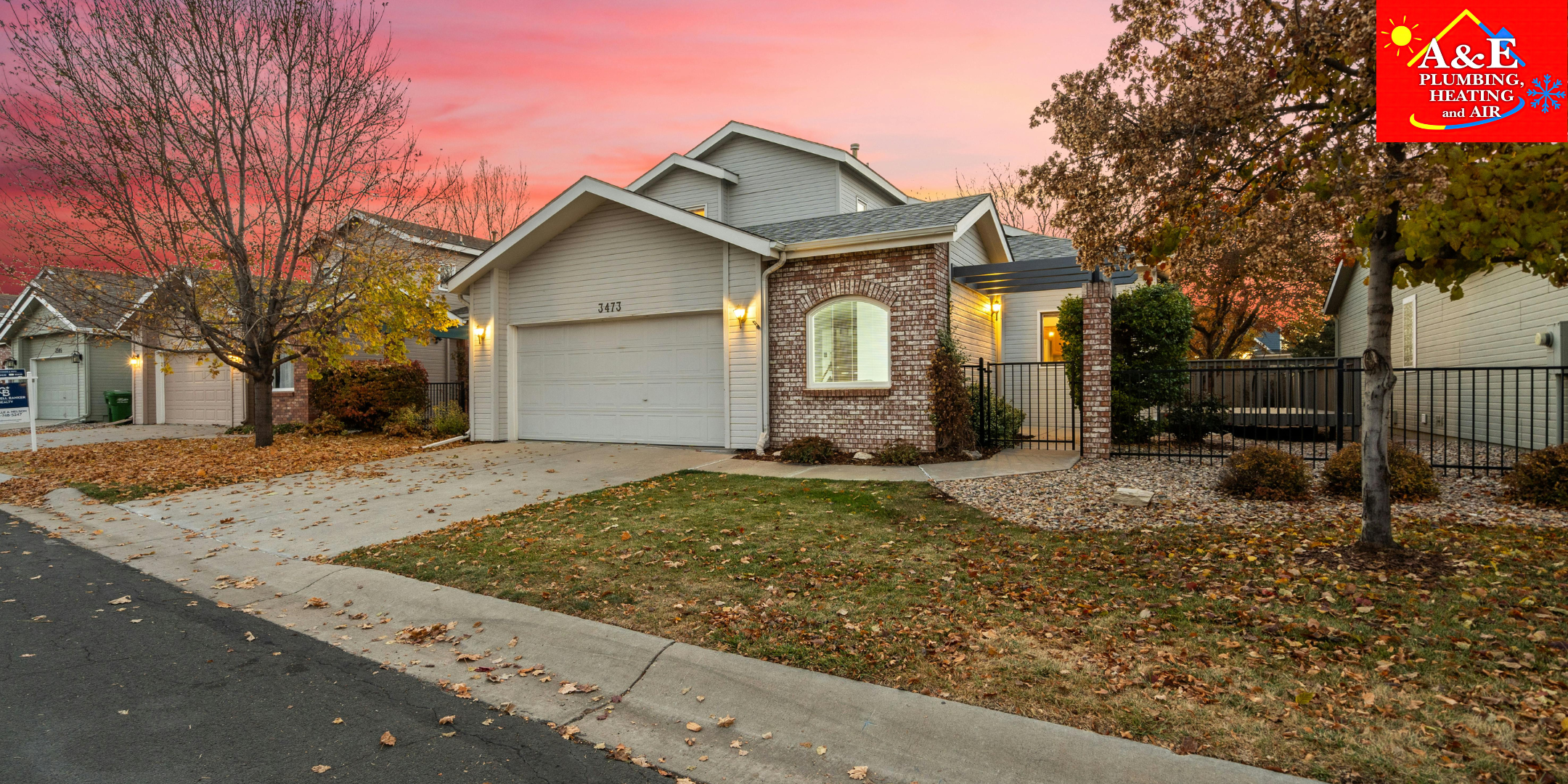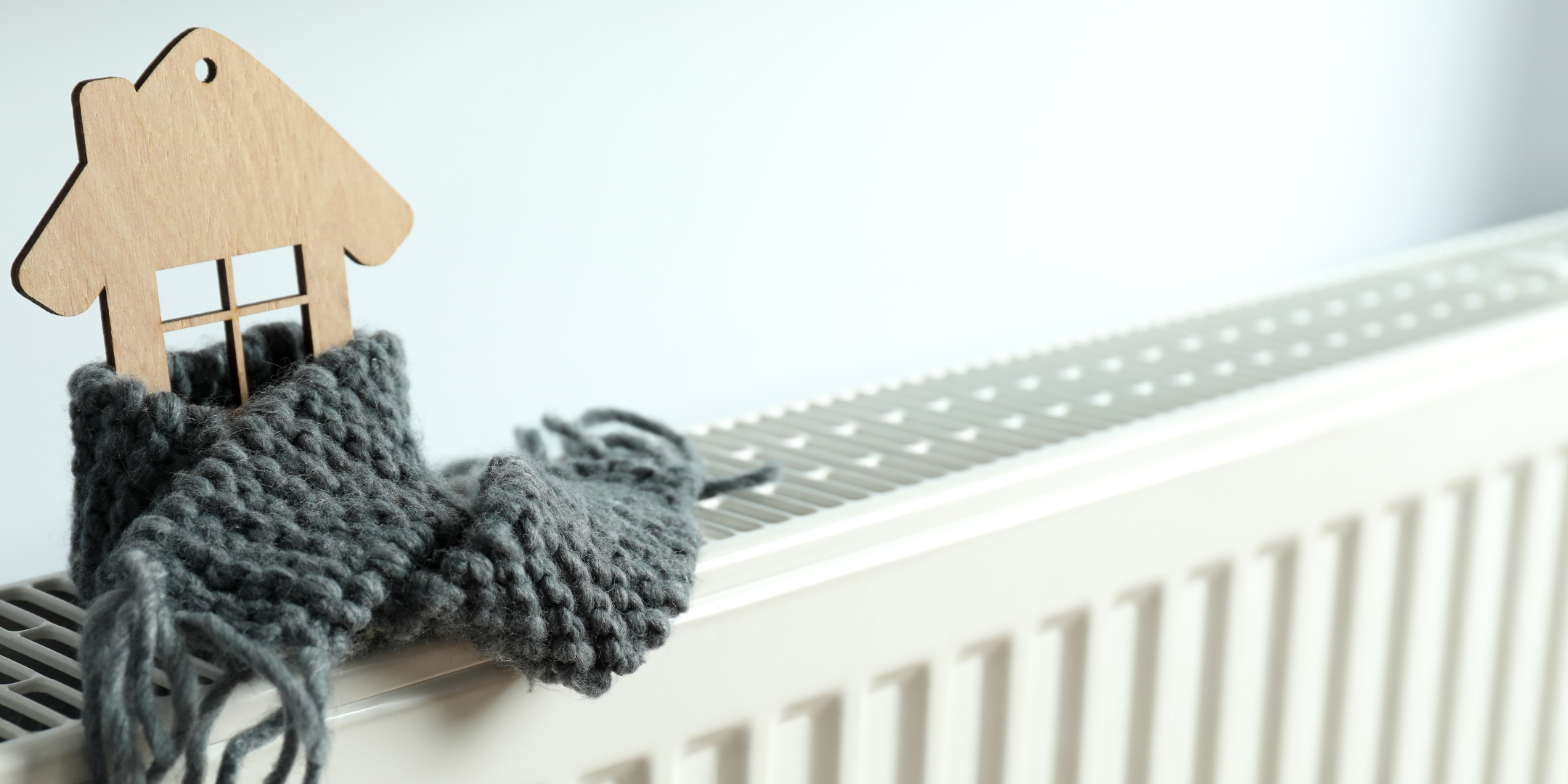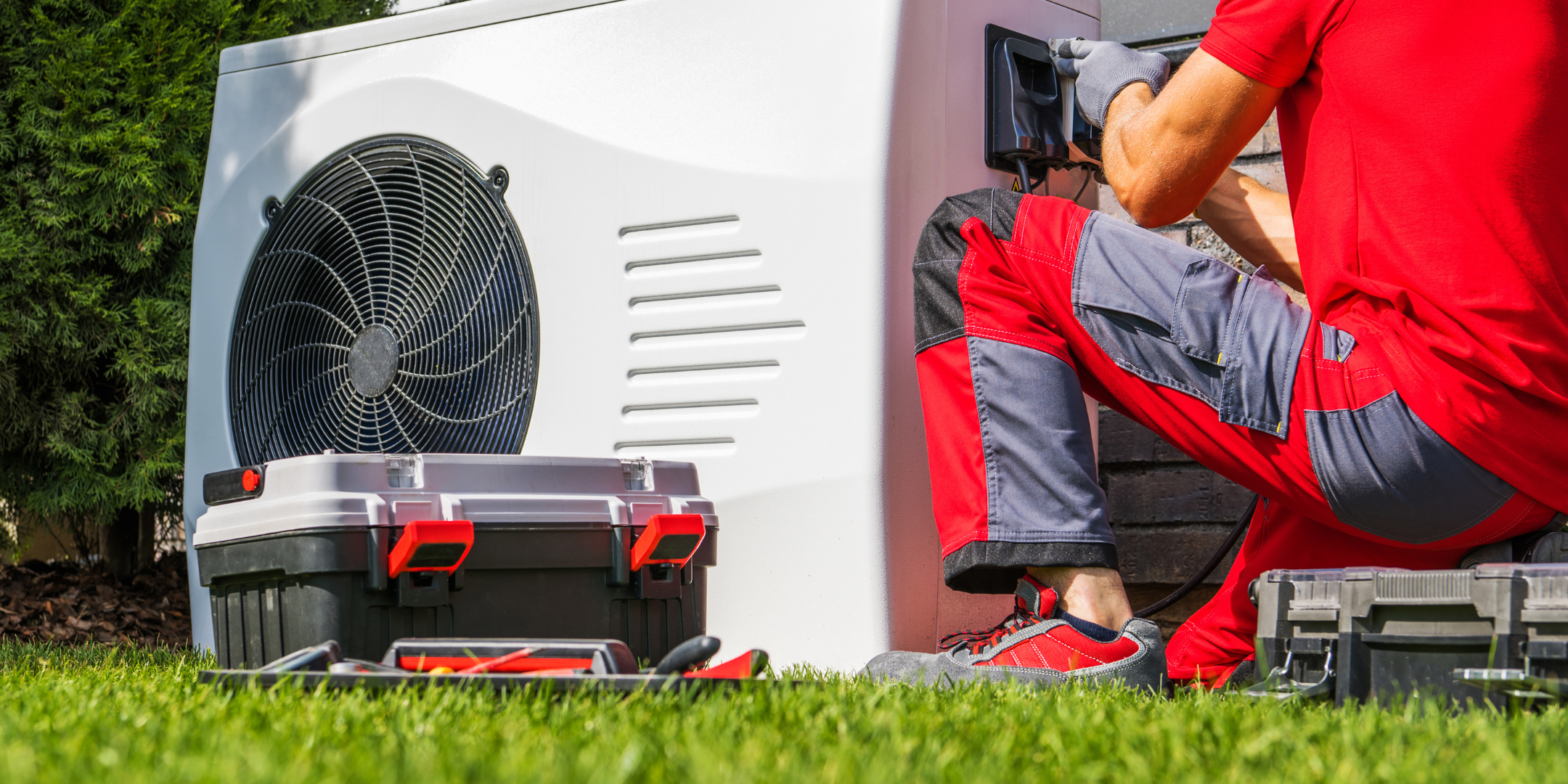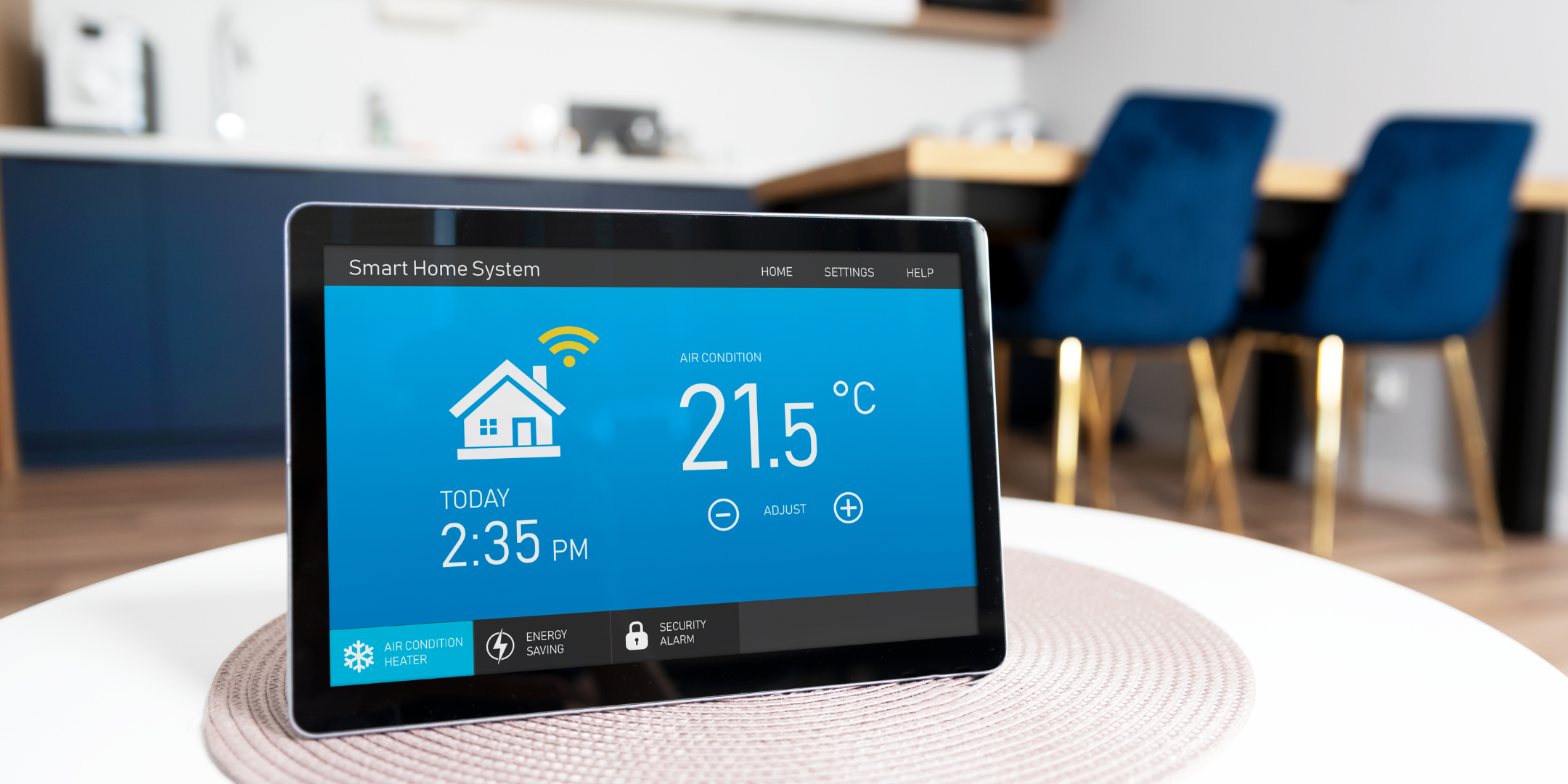Understanding HVAC Energy Ratings: SEER, EER, and HSPF Explained
October 2nd, 2024
5 min read
By Daphne Hunt
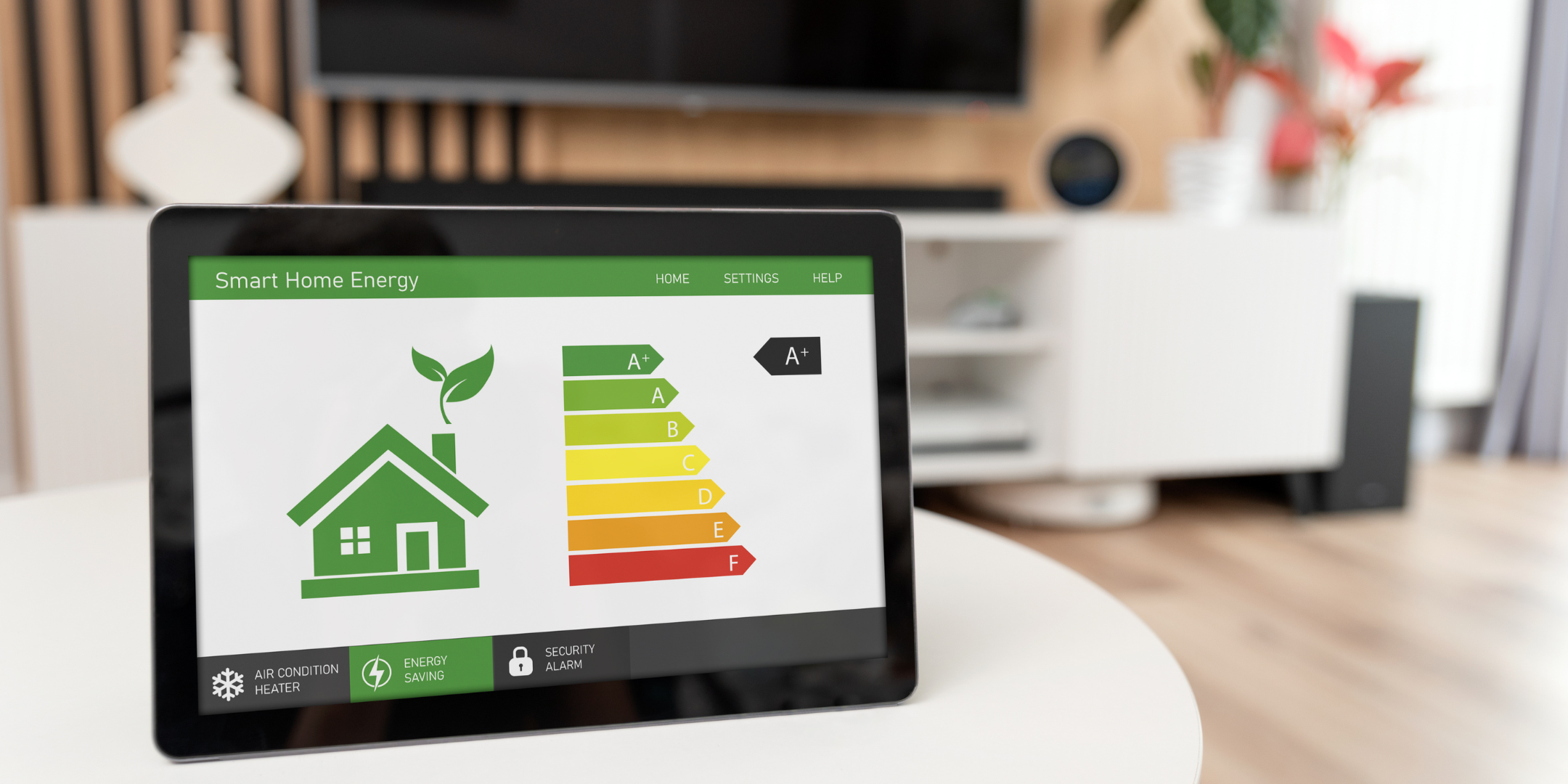
When it comes to choosing an HVAC system, energy efficiency is one of the most important factors to consider. After all, you want a system that not only keeps your home comfortable but also keeps your energy bills under control. However, if you’ve ever looked at the various energy ratings like SEER, EER, and HSPF, you might have felt a bit overwhelmed. What do all these numbers and acronyms mean, and how do they affect your choice?
important factors to consider. After all, you want a system that not only keeps your home comfortable but also keeps your energy bills under control. However, if you’ve ever looked at the various energy ratings like SEER, EER, and HSPF, you might have felt a bit overwhelmed. What do all these numbers and acronyms mean, and how do they affect your choice?
If you’re unsure about how to navigate these ratings, you’re not alone. With over 16 years of experience in the HVAC industry, we’ve helped countless homeowners just like you navigate these tricky terms and how they affect your home’s heating and cooling efficiency. By the end of this article, you’ll have a clear understanding of SEER, EER, HSPF, and the newer SEER2 and HSPF2 ratings, so you can confidently choose the right HVAC system for your needs.
What is SEER and Why It Matters
SEER stands for Seasonal Energy Efficiency Ratio, and it measures the cooling efficiency of air conditioners and heat pumps over a typical cooling season. The higher the SEER rating, the more energy-efficient the unit.
Here’s what you need to know about SEER:
- Higher SEER = Greater Efficiency: A system with a SEER rating of 18 will use less energy to cool your home than a system with a SEER rating of 14.
- Average Range: SEER ratings typically range from 13 (minimum efficiency) to 21 (high efficiency), though higher numbers exist for top-tier systems.
By upgrading to a unit with a higher SEER rating, you can significantly reduce your energy consumption and utility costs, especially if you live in a warmer climate where cooling systems are heavily used.
SEER vs. SEER2: What’s the Difference?
While the core concept of SEER2 remains the same—measuring how efficiently an air conditioner or heat pump cools your home over a typical cooling season—there’s a crucial difference: SEER2 is designed to provide a more accurate representation of real-world energy efficiency. The testing conditions for SEER2 are much stricter, reflecting the actual operational challenges your HVAC system will face in everyday use.
Why SEER2 is More Accurate
In the past, SEER ratings were calculated based on ideal conditions that don’t always match how HVAC systems work in your home. SEER2 introduces new testing procedures to close this gap. Some of the key differences include:
- More realistic external pressures: SEER2 tests the system’s efficiency at higher static pressures, which more closely resemble the real-world resistance found in a home’s ductwork.
- Stricter testing environments: Systems are tested under more demanding conditions, such as varying airflow rates, to give homeowners a better idea of how their units will perform under actual use.
What This Means for You
With SEER2, you can expect the following improvements:
- Better energy savings predictions: Since SEER2 reflects real-world conditions, homeowners can trust that the efficiency ratings are a more reliable estimate of energy use and potential cost savings.
- Higher standards for new HVAC systems: As manufacturers shift toward SEER2 ratings, newer HVAC systems will meet tougher performance requirements, meaning future units will likely be more efficient than older models.
What is EER?
EER, or Energy Efficiency Ratio, measures how efficiently an HVAC system operates under specific conditions. While SEER (Seasonal Energy Efficiency Ratio) gives an overall average of efficiency across a range of seasonal temperatures, EER provides a more precise "snapshot" of how efficiently the system performs when it’s running at full capacity during peak conditions.
Specifically, EER is tested at an outdoor temperature of 95°F, an indoor temperature of 80°F, and a relative humidity of 50%. These are typical conditions you’d experience on a hot summer day, making EER a crucial metric for assessing how well an HVAC system handles extreme heat.
Snapshot of Efficiency
EER gives you an immediate look at how your system will perform during the most intense heat of the year. When temperatures soar, your air conditioner or heat pump works its hardest to maintain a comfortable indoor temperature. EER shows how well your system performs when it's under maximum load.
Why It Matters: If you live in an area that regularly experiences high summer temperatures, like the southern United States or desert climates, the EER rating is particularly important. It tells you how efficiently your HVAC system will cool your home or building when it's needed the most, helping you avoid spikes in energy consumption during heatwaves.
Ideal for Comparing Systems in Hot Climates
Because EER is measured at a steady, high temperature, it’s a useful tool for comparing the efficiency of different HVAC systems in climates where extreme heat is common. If you're comparing two systems with similar SEER ratings, the one with the higher EER rating will likely perform better in consistently hot weather.
comparing the efficiency of different HVAC systems in climates where extreme heat is common. If you're comparing two systems with similar SEER ratings, the one with the higher EER rating will likely perform better in consistently hot weather.
For Example: In the South, like in Arizona, where summer temperatures often reach 100°F or more, having a high EER-rated air conditioner or heat pump will help you save on energy costs during the hottest part of the year. A system with a low EER may struggle to keep your home cool without consuming excessive amounts of energy.
EER vs. SEER: What’s the Difference?
The key difference between EER and SEER is that EER measures efficiency at a constant temperature, while SEER averages efficiency over an entire cooling season, taking into account variable temperatures.
- EER focuses on peak conditions: It's a fixed test, showing how your system handles extreme heat.
- SEER is seasonal: It provides an average efficiency rating based on different temperature ranges throughout the cooling season.
Understanding HSPF: A Key Heat Pump Rating
For heat pumps, HSPF (Heating Seasonal Performance Factor) is the equivalent of SEER, but for heating. It measures how efficiently a heat pump warms your home over a heating season.
Here’s why HSPF matters:
- Higher HSPF = Greater Heating Efficiency: Like SEER, the higher the HSPF rating, the more efficient the heat pump. A rating of 8 or higher is generally considered efficient.
- Heating Costs: A high HSPF rating means lower energy bills during the winter months, especially in colder climates.
What is HSPF2 and How is It Different?
Just like SEER2 for cooling systems, HSPF2 was introduced to better reflect how efficiently heat pumps operate under real-world conditions, rather than idealized lab environments. HSPF measures the efficiency of heat pumps in heating mode, and HSPF2 provides a more rigorous, modern take on that measurement.
How Does HSPF2 Differ from HSPF?
More Realistic Testing Standards
The key difference between HSPF and HSPF2 lies in the way heat pumps are tested. The original HSPF ratings were based on ideal lab conditions, which didn’t always reflect how systems perform in homes with various airflow resistances, duct sizes, or temperature fluctuations.
HSPF2 introduces more realistic testing parameters:
- Higher static pressure: HSPF2 accounts for the impact of real-world conditions like higher static pressure in the ductwork, which affects airflow and system efficiency.
- More stringent temperature control: It tests how well heat pumps can handle varying temperatures, giving you a clearer picture of how your system will perform in actual winter conditions.
- More representative of actual energy use: Because HSPF2 tests systems under more demanding, real-life conditions, it offers a better estimate of how much energy your heat pump will consume during the heating season.

Upcoming Standard
As with SEER2, HSPF2 is becoming the new standard for heat pump efficiency. Governments and regulatory bodies are moving toward these updated ratings as part of an overall push toward more energy-efficient home systems. In the near future, you will see fewer systems rated by the old HSPF standard and more using HSPF2, so it's important to understand the shift if you're planning on upgrading your system.
How to Compare HSPF2 to HSPF
It’s important to note that HSPF2 ratings will generally be lower than traditional HSPF ratings for the same unit, even though the system itself hasn’t become less efficient. This is because the stricter testing conditions make it harder for systems to achieve the same high scores they did under the old HSPF test.
For example:
A heat pump with an HSPF rating of 9.0 might have an HSPF2 rating closer to 7.5. This doesn't mean the unit has gotten worse; it simply reflects more accurate and realistic measurements of its performance in real-world conditions.
Quick Tips for Choosing the Right HVAC System
When it’s time to choose a new HVAC system, keep these tips in mind:
- Look for systems with SEER2 or HSPF2 ratings, as they represent the latest efficiency standards.
- Consider your climate: If you live in a hotter area, prioritize SEER/SEER2 and EER ratings. For colder regions, focus on HSPF/HSPF2.
- Check for rebates or incentives: High-efficiency systems often qualify for rebates or tax incentives, reducing the cost of your upgrade.
How to Make the Right HVAC Energy Rating Choice
When you started reading this article, you might have felt unsure about HVAC efficiency ratings like SEER, EER, and HSPF. Now, you’re equipped with the knowledge to make an informed decision about your next system upgrade.
efficiency ratings like SEER, EER, and HSPF. Now, you’re equipped with the knowledge to make an informed decision about your next system upgrade.
The problem many homeowners face is navigating these technical terms, but now you understand the importance of these energy ratings and how they directly affect your comfort and utility bills. Whether you’re looking to save money, reduce your energy consumption, or upgrade to a more environmentally friendly HVAC system, knowing these ratings is crucial.
Stop wondering if it’s time to upgrade. Visit 'How HSPF Ratings Can Help You Decide When to Replace Your Heat Pump' now and learn how HSPF ratings can save you money and improve your comfort.
Daphne Hunt holds a bachelor's degree in English and Mass Communication and has a lifelong passion for writing. She thrives on using her skills to craft compelling pieces that inform, inspire, and connect with readers.
Topics:










